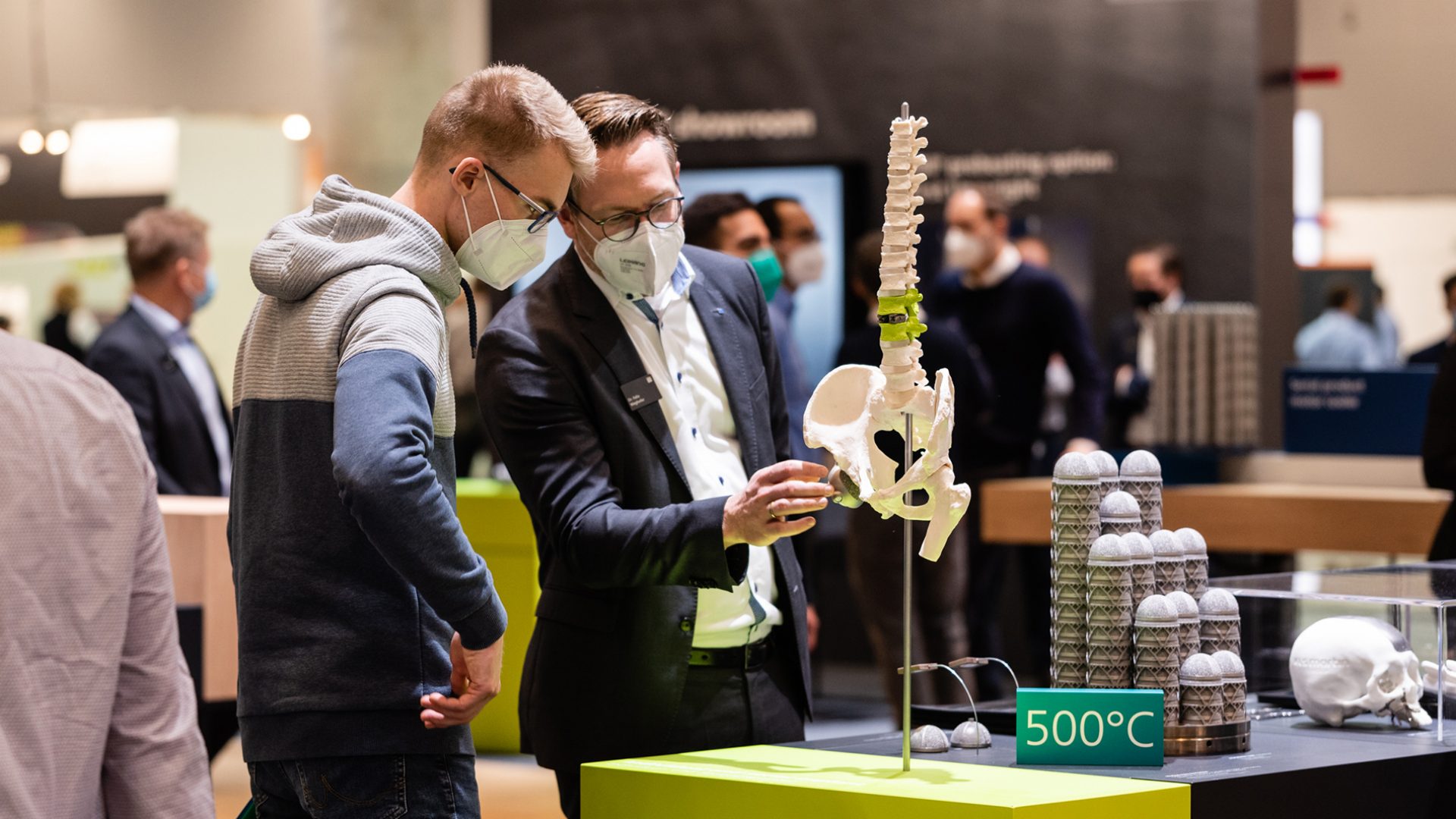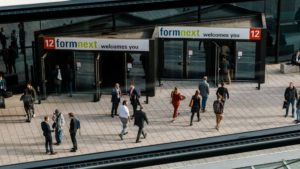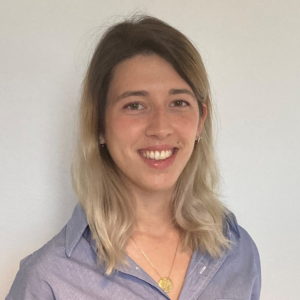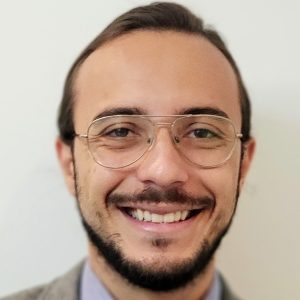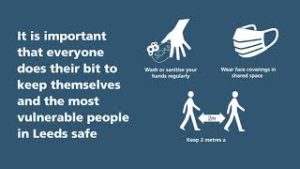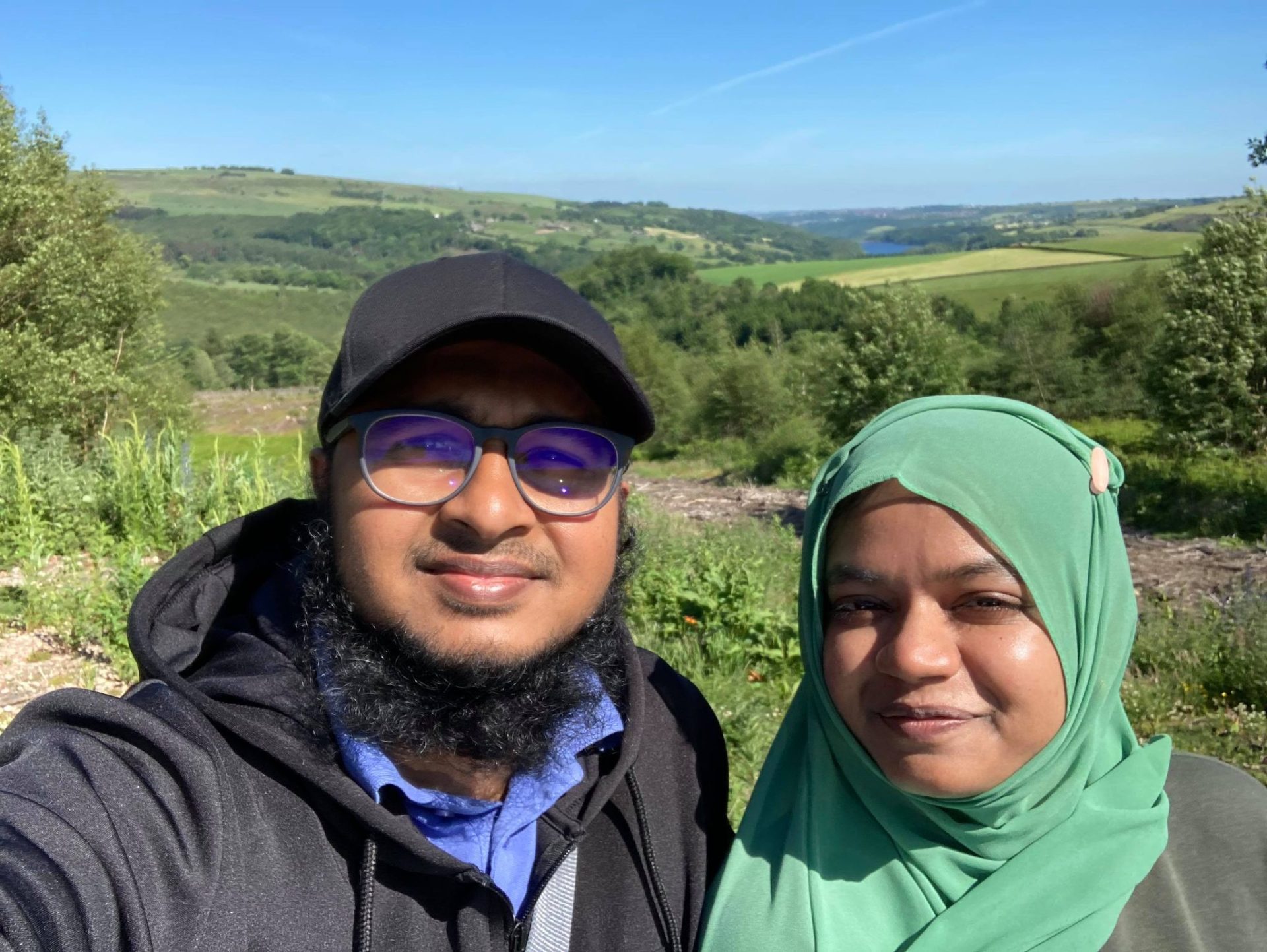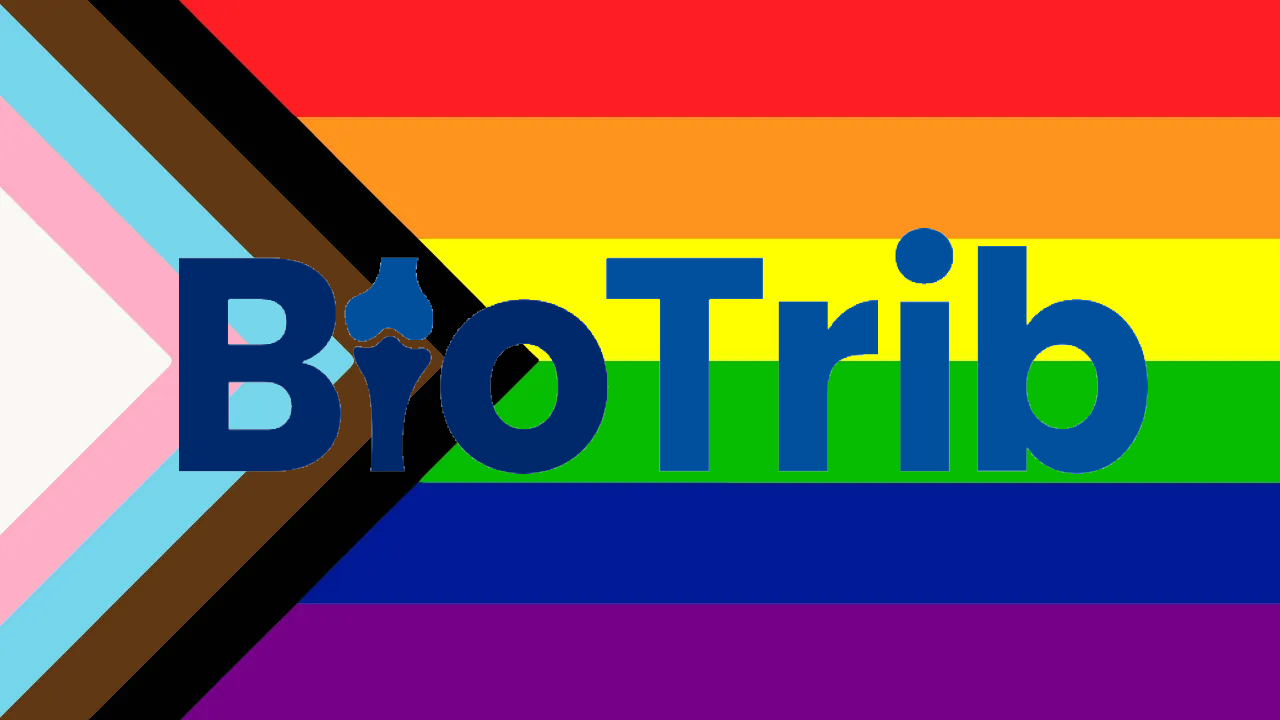Should you like to make more contacts within your University? How can we maintain a social relationship during the Covid pandemic? What would happen if people from different departments and hierarchies would talk more often to each other?
These are some of the questions I asked myself before taking part in this initiative a few weeks ago. The Covid pandemic radically changed the opportunities for interaction with people. But whether a smile in passing, a quick “hello” or a lingering conversation, shared moments bring vibrancy to life. Human interaction is a necessity for everyone and the desire for connection is a core need essential to feeling satisfied with your life.
Since I started this new experience at ETH Zürich, I was eager to meet as many people as possible, from all over ETH and other institutions, to keep me socially fit and also to compare with people and deal with different perspectives and cultures and upgrade my training and skills, not only in scientific fields. So, when I saw this opportunity called ETH LunchLottery [1], which I had never heard about before, I decided immediately to sign up. Unfortunately, like me, just a few people know about this occasion to meet people and that’s why I’m interested in talking about and sharing it.
The idea here is basically to mix staff and doctoral students as much as possible, once a month, by assigning randomly every participating employee one or several lunch or coffee break partners to meet both online and in person. Then a smart matching algorithm optimizes for the perfect match. All participating employees automatically receive a customized e-mail about the upcoming LunchLottery initiative [2] and partners’ e-mail addresses. You’re ready! Employees connect with new colleagues from other departments and hierarchy levels [2]. You can decide with your lunch/coffee break partners when and where to meet them. This will help to make new connections and exchange ideas with all sorts of people. It will enrich everyday working life immensely by getting to know new people and hearing about the work they do across all units and functional levels, or just by having an exciting chat on various topics. It could also be a great idea for setting up small projects and collaborations with other departments.
And in this regard, after this experience, I asked myself: “Could we take a cue from this kind of event also to develop networks and to share our knowledge or to simply get to know better the other BioTrib’s members, also considering the different geographies and time zones? Could be an idea to get in touch and know even other ETNs’ members in the most relevant scientific fields?”. A short interruption to our daily routine could be a good idea to get to know other colleagues better and it would also help to open many doors and possibilities for all of us, as well as to gain additional knowledge and skills to help us to manage and do better our jobs. And even more, in light of the pandemic we are still immersed in, I believe it is a perfect opportunity to allow people to return to real life.
Networking and relationship building will lead to innovation!
[1] https://ethz.ch/services/en/news-and-events/events/eth-lunch-lottery.html
[2] https://lunch-lottery.com
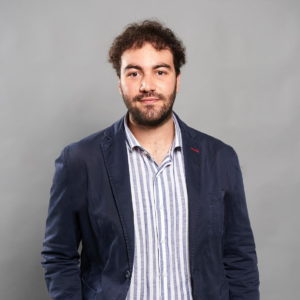
This article was written by Alessio Amicone as part of an ongoing series of scientific communications written and curated by BioTrib’s Early Stage Researchers.
Alessio is investigating the Elucidation of Friction-Induced Failure Mechanisms in Fibrous Collagenous Tissues at ETH Zürich, Switzerland.


